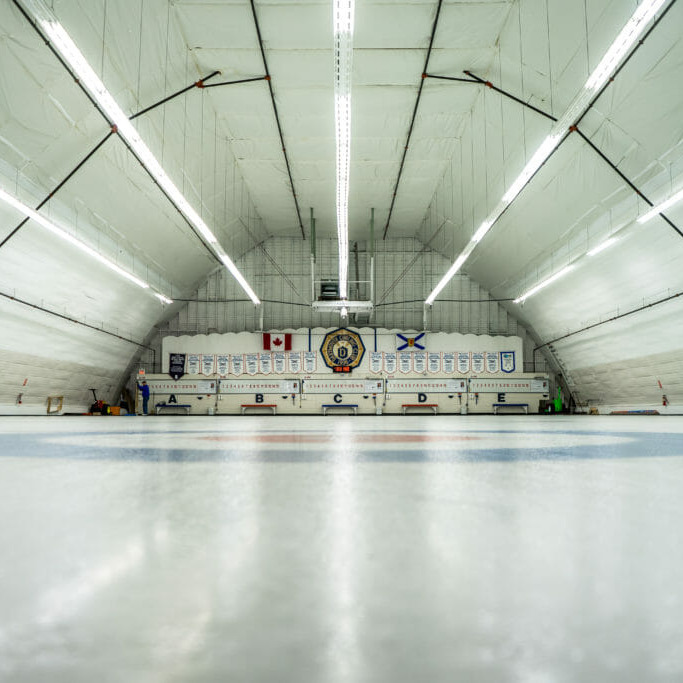
World-class athletes
Some of the best young curlers in the world play for Dal
The Dalhousie University women’s curling team won the AUS championships on Feb. 10, but their accomplishments in the sport reach far beyond the Atlantic provinces.
Kaitlyn Jones, Lauren Lenentine, Karlee Burgess and Kristin Clarke have all won the World Junior Curling Championships. Burgess and Clarke were part of Mary Fay’s gold medal team in 2016, and most recently all four women were crowned World Junior champions in March 2018 in Scotland.
Playing for Dal and winning the AUS conference, the team secured a spot in nationals.
“Having this opportunity to represent Dalhousie and try and win the national championship, that still excites me,” says skip Kaitlyn Jones.
It’s a different level than curling for her country, but the university curling season is longer — one of the reasons why Jones plays.
Karlee Burgess is the alternate for Team Canada at the 2019 World Junior Championships, held Feb. 16-23 in Liverpool, N.S. After that, the junior curling season is over, but the university season doesn’t conclude for another month.
Happy to be a Dal Tigers
The U Sports championships will be held this year March, 15-19 in Fredericton, N.B. That final tournament is especially important for Jones. She’s grateful for university curling so that her season is extended.
Although she is serious about competing, curling for Dal is also about love for the game and having fun.
“We all get along really well and it’s just more of a chill sport,” says Jones. “There’s not as much pressure on you to do well because it’s still underrated and very low key.”
Instead of feeling intense pressure, the women are able to enjoy the sport.
“I just love my teammates and being able to travel with them is super fun,” says Jones. Three members of the team hadn’t been to St. John’s, N.L. before the AUS Championships. That experience of travelling to new places with her team is Jones’s favourite part.
The lack of recognition that university curling gets doesn’t bother the team.
“The lack of attention doesn’t bother me at all because there are lots of people who do enjoy it.”
Within the competition environment, Jones, Lenentine, Burgess and Clarke are reasonably well known. They are the best women curlers for their age group in the world.
“We get a lot of attention in the curling community as it is, so I feel like that’s sufficient,” says Jones.
Even without much outside attention for curling with Dalhousie, the team is proud to represent the school.
“It’s exciting to be able to represent whatever you are playing for,” says Jones.
She says representing her school isn’t a huge step-down, because “I know that Dal supports us.”
Different levels of competition
The level of competition in the AUS is lower than what the World Junior champions are used to. There isn’t a consistent level of experience on teams. Often teams are put together just for that tournament with the curlers having different skill levels.
“They try to figure out how to communicate with each other while they’re at the competition rather than beforehand,” says Jones.
On the Dal team, their experience playing together, most of them for a couple years, gave them an edge as they went undefeated at the AUS championship.
“Having that already known relationship with your teammates before going into some of these events really helps because you know how they throw and you know their tendencies,” says Jones.
The national championship will provide a different challenge, as Dal will face teams from stronger leagues across the country, but the Dal team is looking forward to it.
“It’s kind of like what a junior national event would be, where you represent your province — instead it’s a university,” says Jones.






